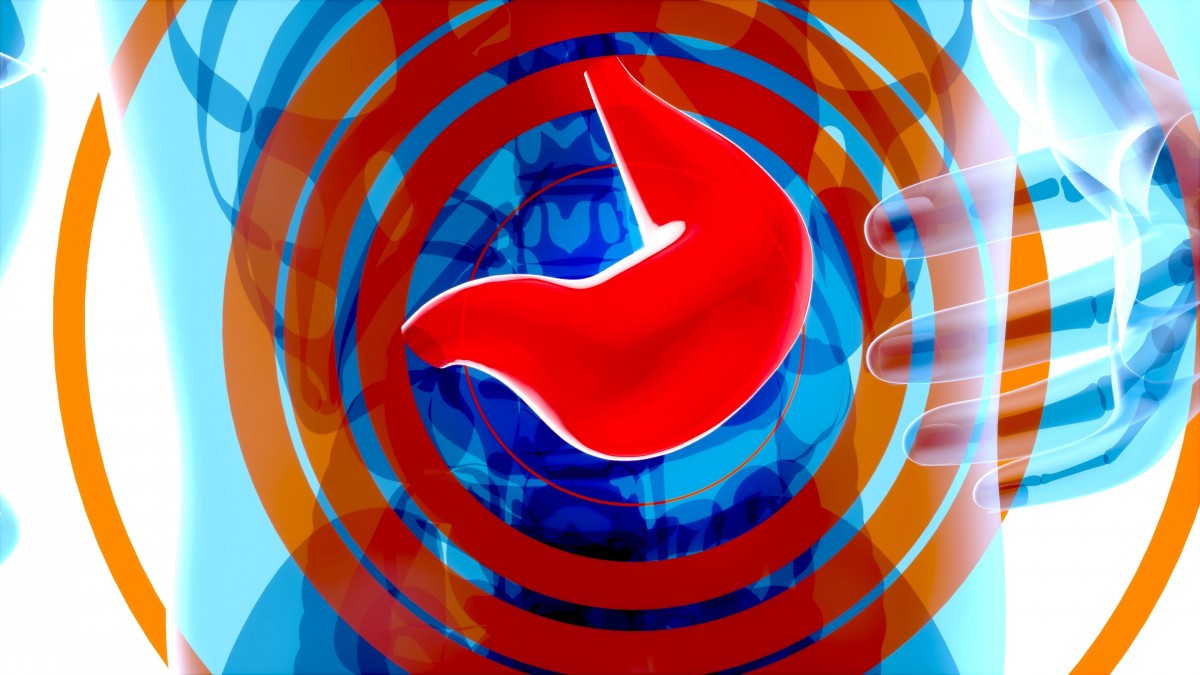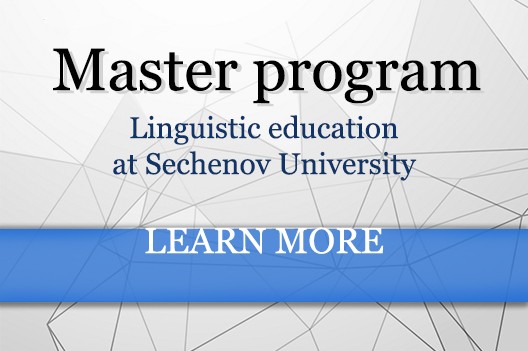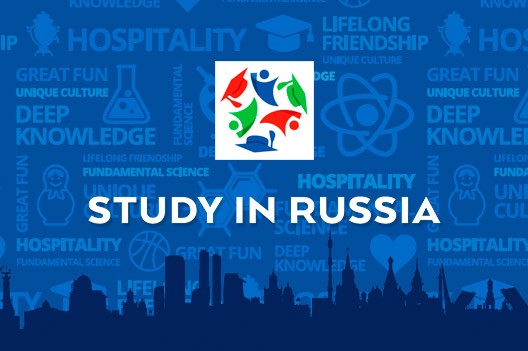-
About University
- Mission & Brand Strategy
- University Leadership
- Rector's Welcome
- History
- Regulatory Documents
- Contacts
- Staff
- International Recruitment
- Partners
Applicants- Why Sechenov University
- Degree Programmes in English
- Preparatory Courses
- Non-Degree Programmes
- Transfer from other Institutions
14.06.2022Russo–Iranian effort to create digital model of liver

Sechenov University and the Royan Institute (Tehran, Iran) are pursuing a joint project on the formation of hepatic tissue constructs. The work is expected to result in the creation of a digital model of the liver which will evolve into an interactive platform. The digital model of the liver can help doctors analyse drug effects and predict drug efficacy with high confidence.
Within the project, researchers have developed a mathematical model of cholesterol metabolism in hepatocytes — and of cholesterol’s interaction with two types of drugs, statins and PCSK9 inhibitors. The model incorporates 21 ordinary differential equations describing cholesterol biosynthesis, in vitro receptor-mediated lipoprotein endocytosis in hepatocytes, and interactions with drugs.
The model has been tested for the ability to reproduce the known biochemical effects upon the elevation of PCSK9 plasma levels and therapy with statins and PCSK9 inhibitors. This model successfully reproduces the known regulation of cholesterol, confirming its suitability for the initial tests of new substances.
“The use of this model can speed up and simplify the long and costly drug development cycle,” said Anastasia Shpichka, Leading Researcher at Sechenov University’s Centre for Biodesign and Personalised Healthcare. “In the future, we are planning to expand this model onto more complex systems, including intercellular interactions at various levels.”
The project includes multiple contributions of Sechenov University’s students. The results of the joint Russo–Iranian work have been published in the journals Soft Matter and PLOS ONE.
Embed on website
Russo–Iranian effort to create digital model of liver

Sechenov University and the Royan Institute (Tehran, Iran) are pursuing a joint project on the formation of hepatic tissue constructs. The work is expected to result in the creation of a digital model of the liver which will evolve into an interactive platform. The digital model of the liver can help doctors analyse drug effects and predict drug efficacy with high confidence.
Within the project, researchers have developed a mathematical model of cholesterol metabolism in hepatocytes — and of cholesterol’s interaction with two types of drugs, statins and PCSK9 inhibitors. The model incorporates 21 ordinary differential equations describing cholesterol biosynthesis, in vitro receptor-mediated lipoprotein endocytosis in hepatocytes, and interactions with drugs.
The model has been tested for the ability to reproduce the known biochemical effects upon the elevation of PCSK9 plasma levels and therapy with statins and PCSK9 inhibitors. This model successfully reproduces the known regulation of cholesterol, confirming its suitability for the initial tests of new substances.
“The use of this model can speed up and simplify the long and costly drug development cycle,” said Anastasia Shpichka, Leading Researcher at Sechenov University’s Centre for Biodesign and Personalised Healthcare. “In the future, we are planning to expand this model onto more complex systems, including intercellular interactions at various levels.”
The project includes multiple contributions of Sechenov University’s students. The results of the joint Russo–Iranian work have been published in the journals Soft Matter and PLOS ONE.



